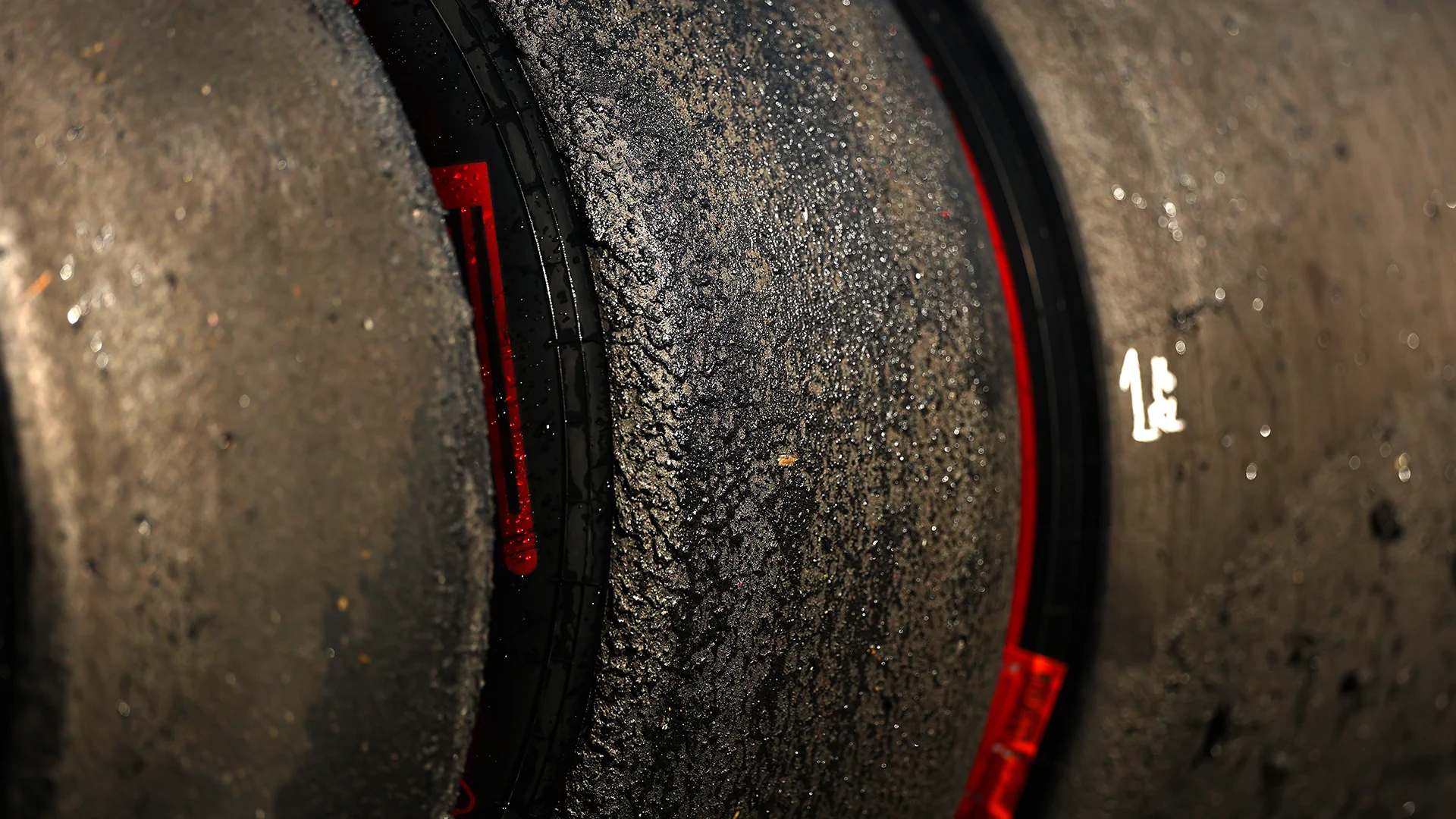Formula 1 heads from the Circuit of The Americas to the Autodromo Hermanos Rodriguez for this weekend's Mexico City Grand Prix – and tyre suppliers Pirelli have confirmed the compounds that the teams and drivers will have access to.
It is the third Grand Prix of the season where Pirelli are supplying three non-consecutive compounds (after Spa-Francorchamps and Austin), with the available tyres being the C2 as the hard, the C4 as the medium and the C5 as the soft.
Drivers will get two sets of the hard tyre (marked white), three sets of the medium tyre (marked yellow), and eight sets of the soft tyre (marked red), as well as access to the green intermediate tyre and the blue full wets, should they be required.
An extra set of softs is reserved for those who reach Q3 in Qualifying, while all drivers must use at least two different slick compounds during the race, providing the track is dry.
“As was the case in Austin last weekend, for the Mexican round there is again a jump in the compound selection between the hardest of the three and the medium,” reads Pirelli’s weekend preview.
“While the medium and soft are the C4 and C5 respectively, as in 2024, the hard will now be the C2. For the Mexico City track, this compound is an extremely conservative choice, with a considerable delta in terms of lap time compared to the other two, while also offering less grip.
“Last year, the soft only came into play in Qualifying and then in the race, only in an attempt to secure the extra point for setting the fastest race lap, but now the scenario could change considerably.
“The advantage to be had from the C4 and C5 could in fact lead the teams to aim for a race run predominantly on these compounds. However, that comes with the risk of possibly having to make a second pit stop because of degradation.
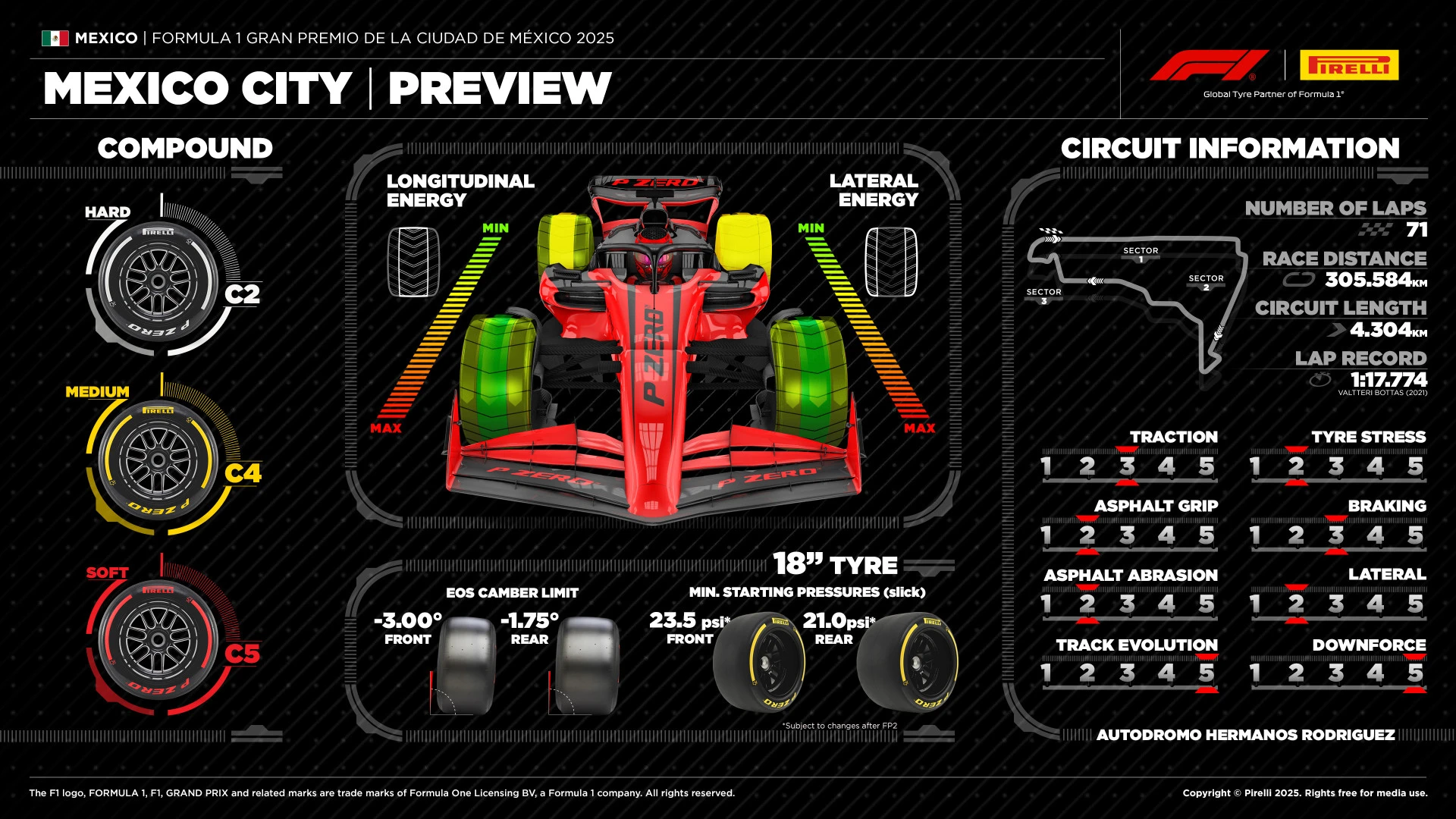
“Anyone choosing the C2 could relatively comfortably manage a longer stint, going for a one-stop on the way to the chequered flag, although it entails a reduction in performance.
“The use of the two softest compounds will certainly be carefully evaluated during the three free practice sessions, when teams will be able to run long stints with full fuel loads and check the condition of the tyres.
“Historically, graining levels in Mexico are quite pronounced, since the thin air at altitude reduces the amount of aerodynamic downforce that the cars can produce. On a track that already offers little grip due to its limited use, the tyres tend to slide, which leads to graining.
“It will also be interesting to see whether the greater resistance to this phenomenon offered by the current compounds will help limit it and therefore benefit those who are masters of tyre management.”
For more information about Pirelli’s F1 tyres, visit pirelli.com.
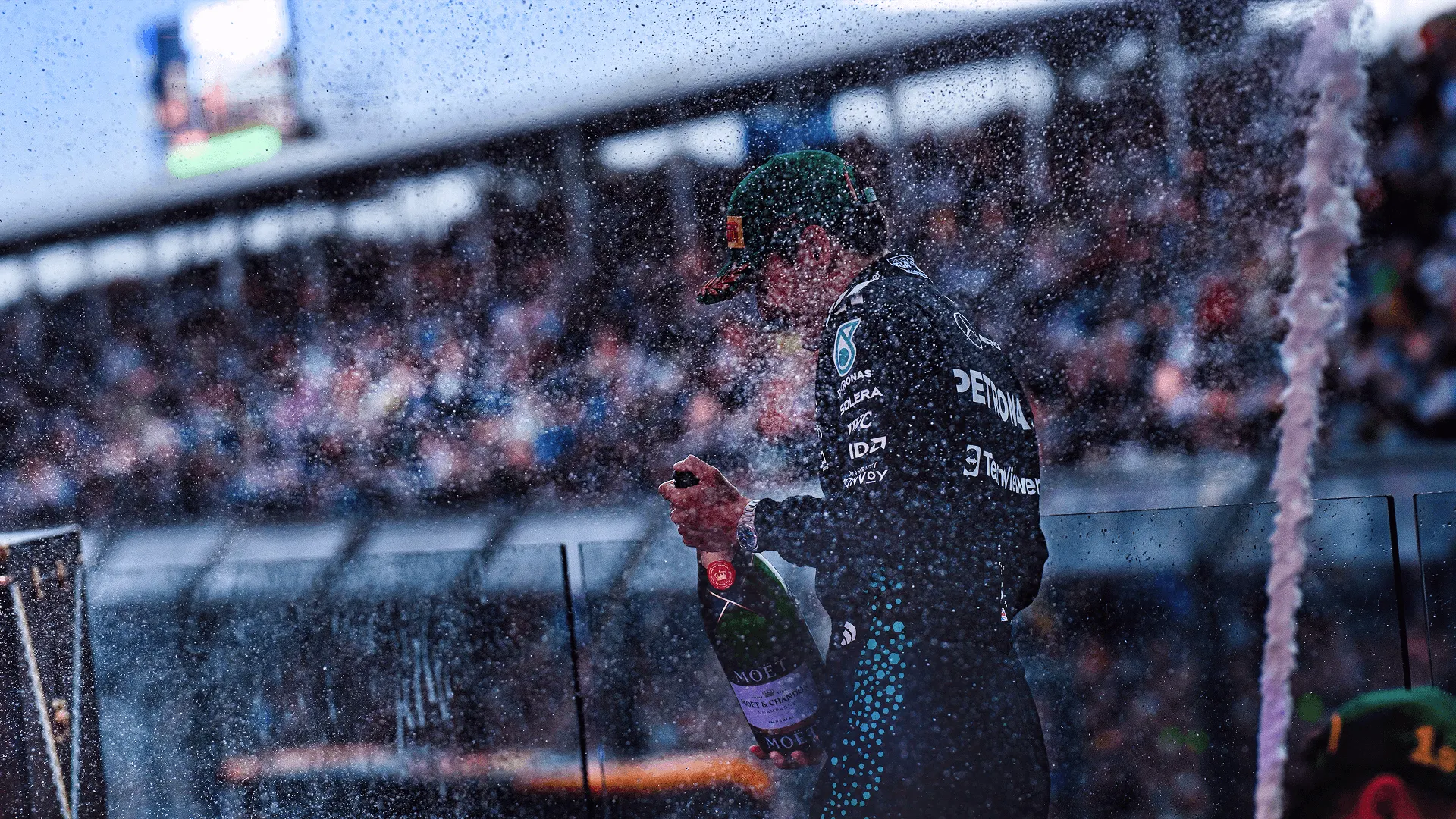
Next Up
Related Articles
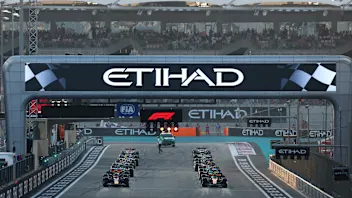 This Week in F110 quiz questions on the Abu Dhabi title decider
This Week in F110 quiz questions on the Abu Dhabi title decider Getting to know the real Esteban Ocon
Getting to know the real Esteban Ocon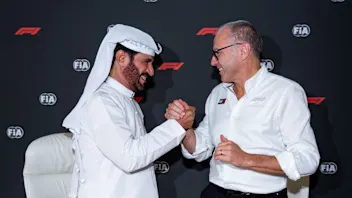 F1, the FIA and 11 teams sign 2026 Concorde Agreement
F1, the FIA and 11 teams sign 2026 Concorde Agreement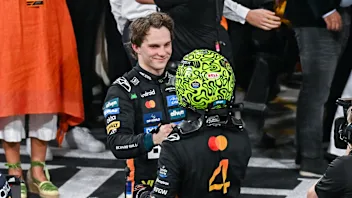 Piastri 'will be a world champion' in future – Norris
Piastri 'will be a world champion' in future – Norris TremayneWhy ‘true racer’ Marko will be missed as he leaves Red Bull
TremayneWhy ‘true racer’ Marko will be missed as he leaves Red Bull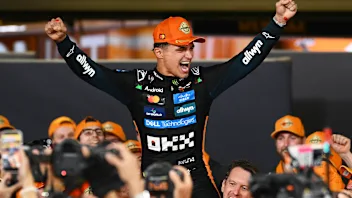 All the key stats from Norris’ title-winning season
All the key stats from Norris’ title-winning season
